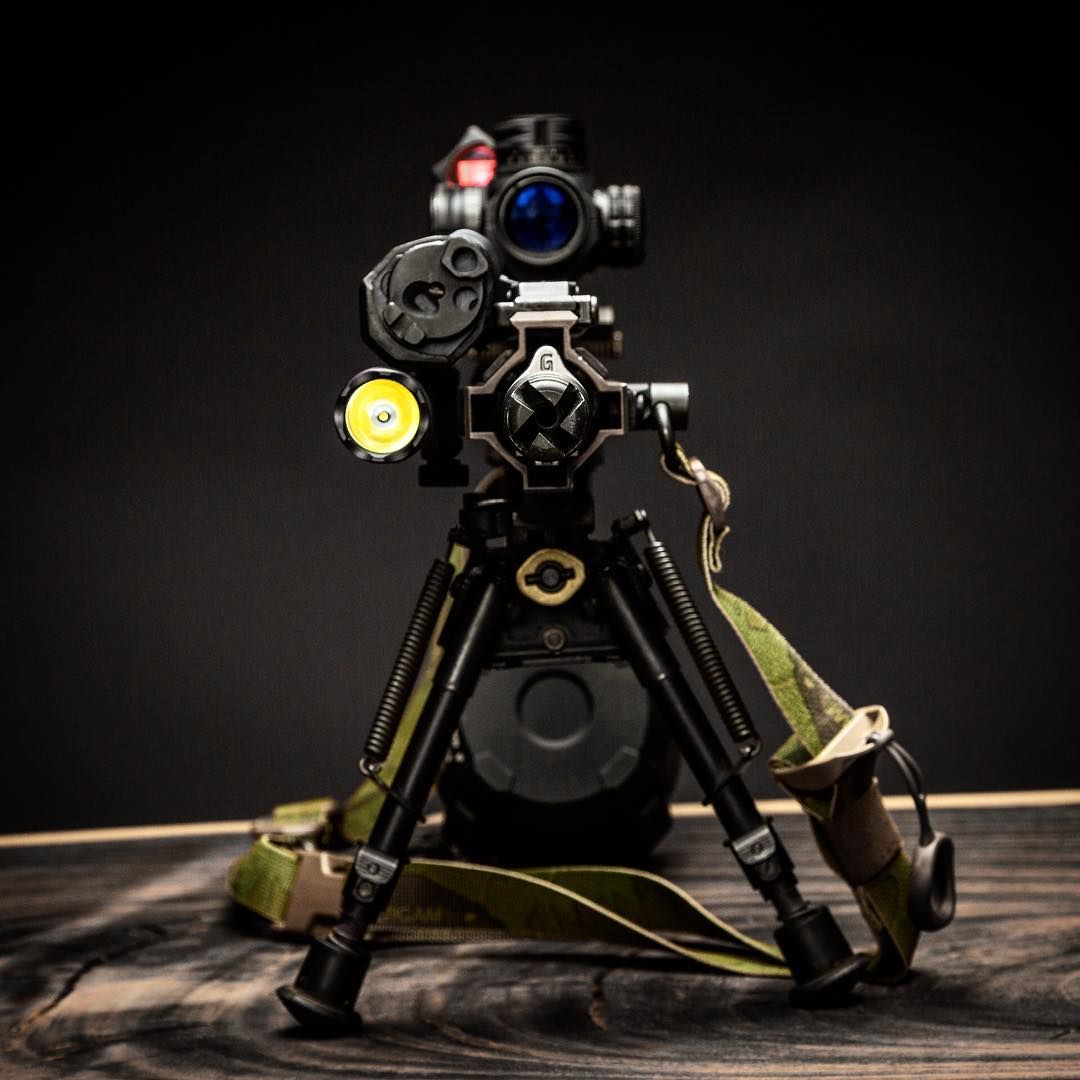
Just what is a “Special Purpose Rifle” or SPR and why are these sorts of AR builds becoming increasingly popular? To find out more we reached out to Alex Hartmann from Ridgeline. His company focuses heavily on long-range shooting, as well as producing high quality, ultra reliable Special Purpose Rifle (SPR) builds. We talk with Alex about what Ridgeline offers, precision shooting at distance, and what makes for a high quality Special Purpose Rifle (SPR) build.
Q: Alex, can you tell our readers about yourself and about Ridgeline?
Alex Hartmann, Ridgeline: My background was in the Marine Corps Scout Sniper team, and then I crossed over into the Army in early 2014. Ridgeline started originally by accident. I came home and basically found out I was not going to be able to jump right back into active duty which was the plan. So, I started going to college and started shooting on the side. One thing led to another just being in the area and in the community, just interfacing with local law enforcement and I started teaching.
Not too long after, I met Dave Seymour and Rudy Gonsior, who are the two guys who are most heavily involved with me in Ridgeline today. Their backgrounds are in Special Forces…mostly direct action stuff and as Special Forces Sniper Course instructors.
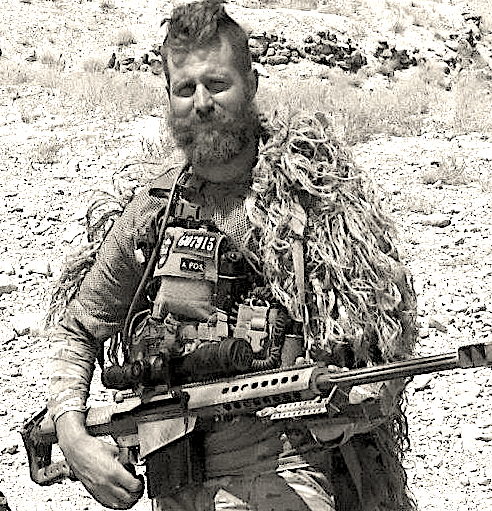
“We saw our niche”
So, we had this unique group of people putting together our curriculum, which is heavily focused on long range shooting. At the time, everybody was doing pistol/carbine stuff, and no one was really focusing on the long-range game for the professional end-user, so that’s where we saw our niche and that’s where Ridgeline stays focused.
So, now we’ve come full circle and we offer a little bit of everything. Ridgeline is probably still best known for the sniper stuff that we do. We opened a facility in 2019…it’s a 700 acre training facility in northern New Hampshire in a partnership with Team O’Neill Rally School.
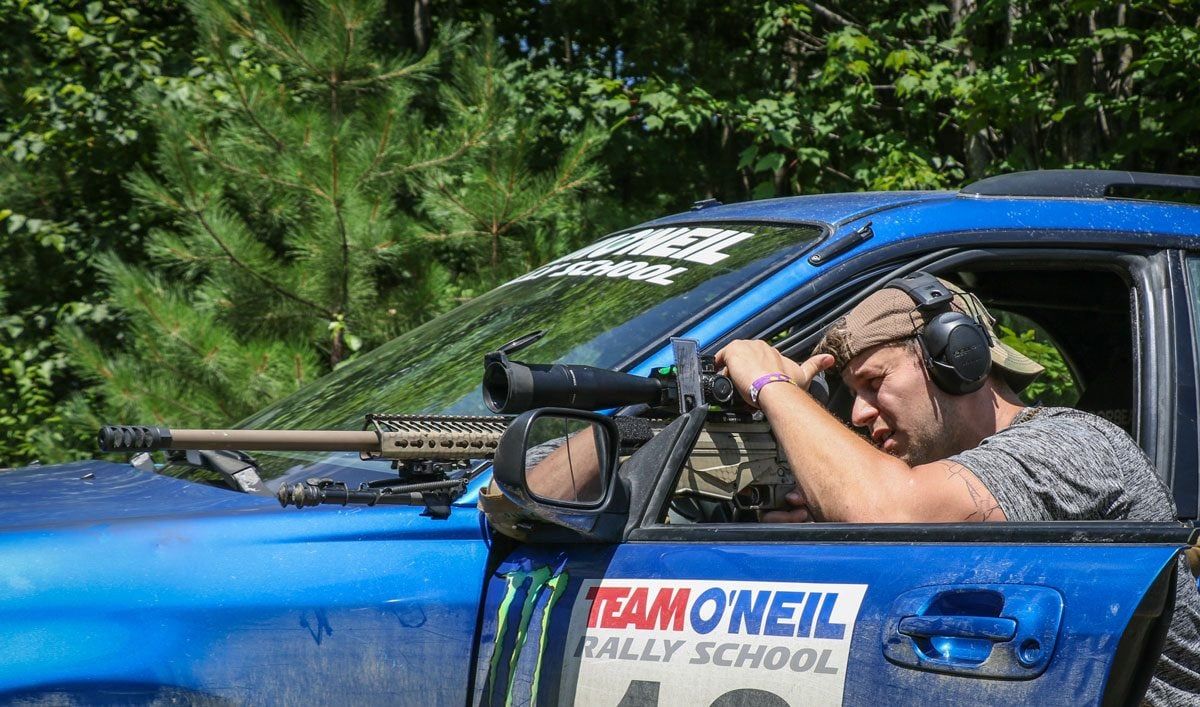
Q: Can you talk about common mistakes you see?
Alex Hartmann, Ridgeline: The most common mistake we see is improper setup of the gun. If you don’t start there, you’re swimming against the current for everything else you’re trying to do with it. Then basically making sure when you mount the gun, you’re mounting it consistently every time without you having to work for it.
The second thing we see which is something where we veer from most other people in this space is the speed at which you shoot it. Most long-range training is very slow, very deliberate and that’s where you need to start, but you can’t stay there. If you stay slow and you give yourself all the time in the world, you never learn to grab that next gear, to solve that firing solution at speed and deliver the hit.
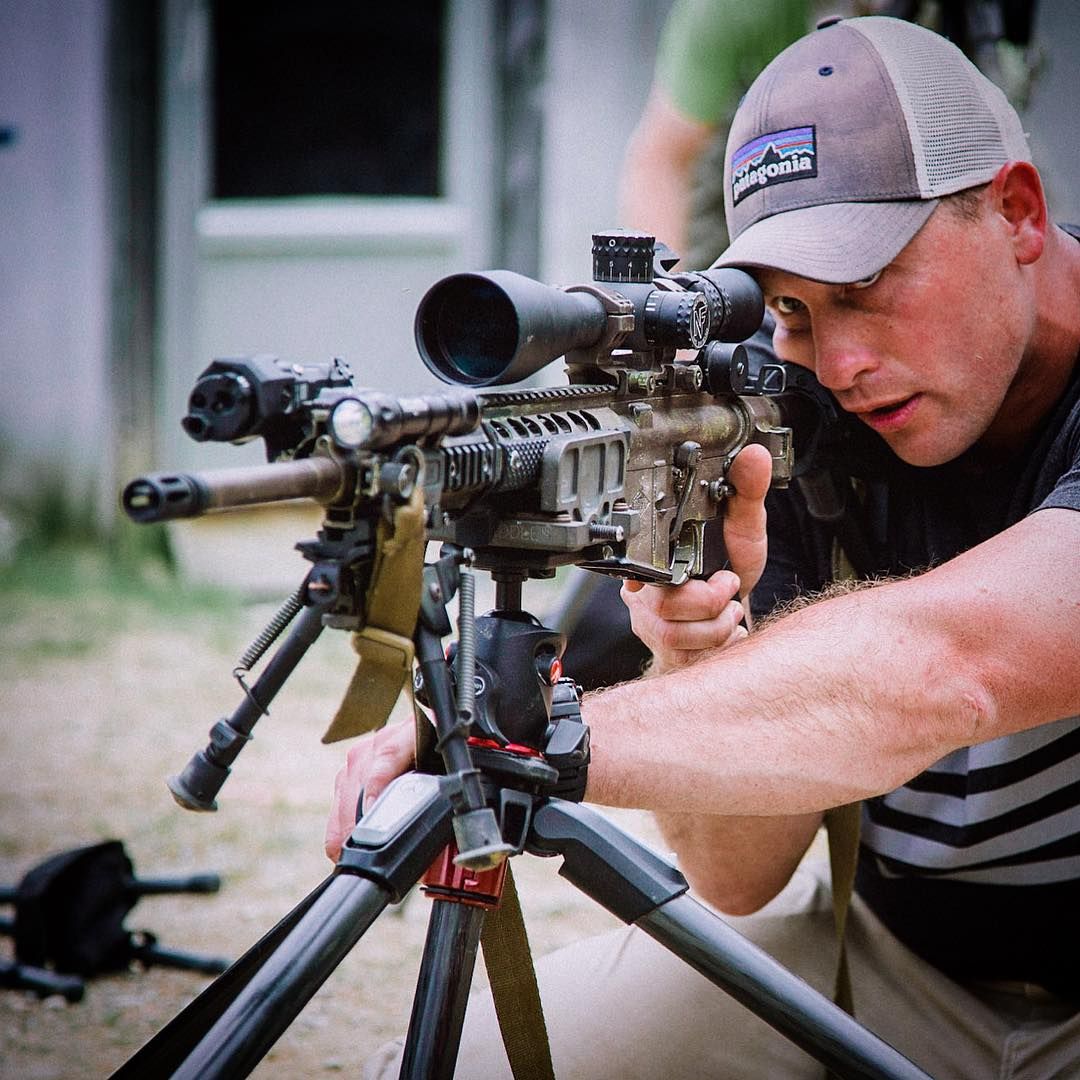
“Faster than most people think”
We break sniping down doctrinally. From zero to 600 yards is that urban sniper doctrine. The speed that you need to be able to problem solve and get your hit inside of 600 is faster than most people think. When you get beyond 600, especially from 800 to 1,200…you’ve got a little bit more time. Then when you get to 1,500 and out, you’ve got a lot more time to sit there and play and figure out your firing solution, because typically they don’t know you’re there, or it’s far enough out that you’re not under the threat of being directly suppressed yourself.
But that’s probably the biggest thing we see. People training for slow, very precise stuff…whether it’s PRS or it’s the professional end-user, this game is just about as much about speed and performance on-demand as anything else. We just have to be able to do it from farther away.
Q: Any basic advice you can share with people wanting to take their skills to the next level?
Alex Hartmann, Ridgeline: At Ridgeline, we break all of our training down into three phases: the mechanics phase, the mastery phase and the maintenance phase. So, the mechanics phase is going to be very slow and deliberate. That’s where you’re laying in those good reps that are going to build that unconscious competence.
When you step into the mastery phase, that’s when you’re looking to really pressure test your skillset against either speed or physical duress. The maintenance phase is when you’ve crossed that hump, but you need to be able to do it on demand. You will need to revisit it and keep it sharp…don’t let it rust over.
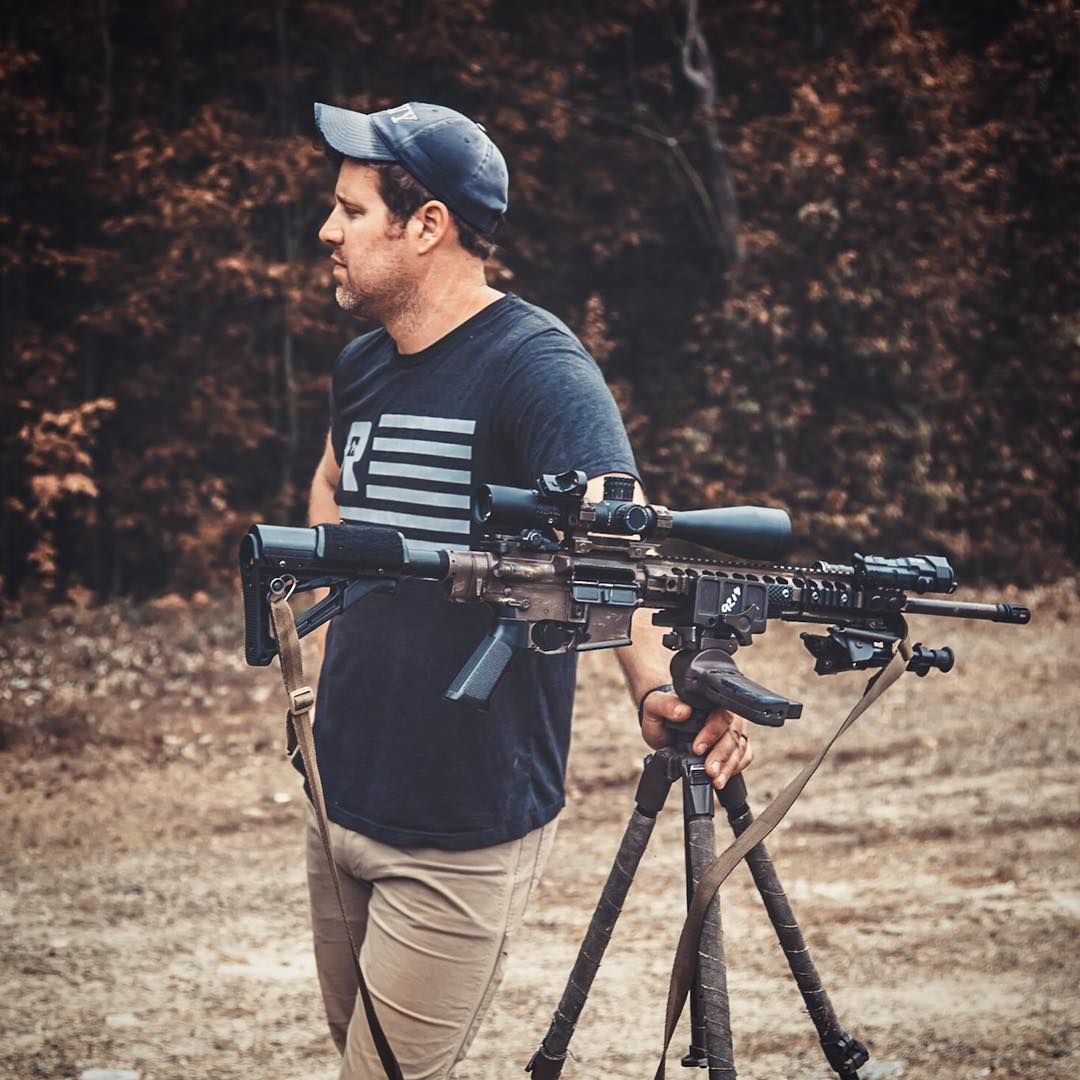
When it comes to people wanting to do something to start, I recommend jumping into a class with a reputable instructor right away. These things are chambered in dollar bills. They are not inexpensive to shoot. It’s not like a pistol where you can go out and it’s only 20 cents a shot.
I always tell people don’t even buy a gun. Go to your first course where you’ve got someone who can provide a gun for you. Because, if you make a mistake it’s an expensive one. A lot of guys buy stuff then they come to a course and they realize they have something that they don’t like, don’t want or isn’t going to work for them.
“Get yourself set up in the right way”
So, I always say get yourself to a course as quickly as possible. Get yourself set up in the right way. At that point, you’ll then know how to zero, you’ll know how to collect your data both digitally or via analog using a standard atmospheric conditions chart.
And from that point, you’re going to be set up for success if you have good fundamentals of prone marksmanship. And then once they’ve mastered that and they’ve mastered speed, then it’s time to switch over to the alternate positions depending on the game they want to pursue is. If it’s PRS or professional, then yeah, you want get into alternate positions and spend the majority of your focus there.
If you’re more of an F-Class or FTR guy, then obviously you’re going to want to stay on your face and be hypersensitive about the fundamentals of marksmanship and the ability to call wind.
Q: Can you talk about the importance of understanding wind?
Alex Hartmann, Ridgeline: Wind is our number one enemy when it comes to getting hits at distance. That’s why what you see now, in the precision rifle arms race is all of these high BC bullets being shot as fast as they can get, up to that 3,200 feet per second limit like PRS has.
What they’re trying to do is buy back that inability of the shooter to be able to call wind. So, if the shooter does not know how to call wind but the bullet outperforms wind better than a lesser cartridge, that gives them more fudge factor. They can just hold left edge or whatever windward edge the target is and let the bullet do the work to drift into the target.
“You can do a lot of work at your 100-yard range”
When it comes to precision rifle shooting, a lot of people make the mistake that precision shooting and long-range shooting are the same thing. While they are very similar…you can do a lot of work at your 100-yard range. We trained up for the International Sniper Competition on a 100-yard range because we couldn’t get any further at the time in New England. We were able to go and place very well that year…in the top 3. We led the field for most of the week. All we did was focus on our ability not to lose any performance no matter what the position or no matter what the physical stressors were.
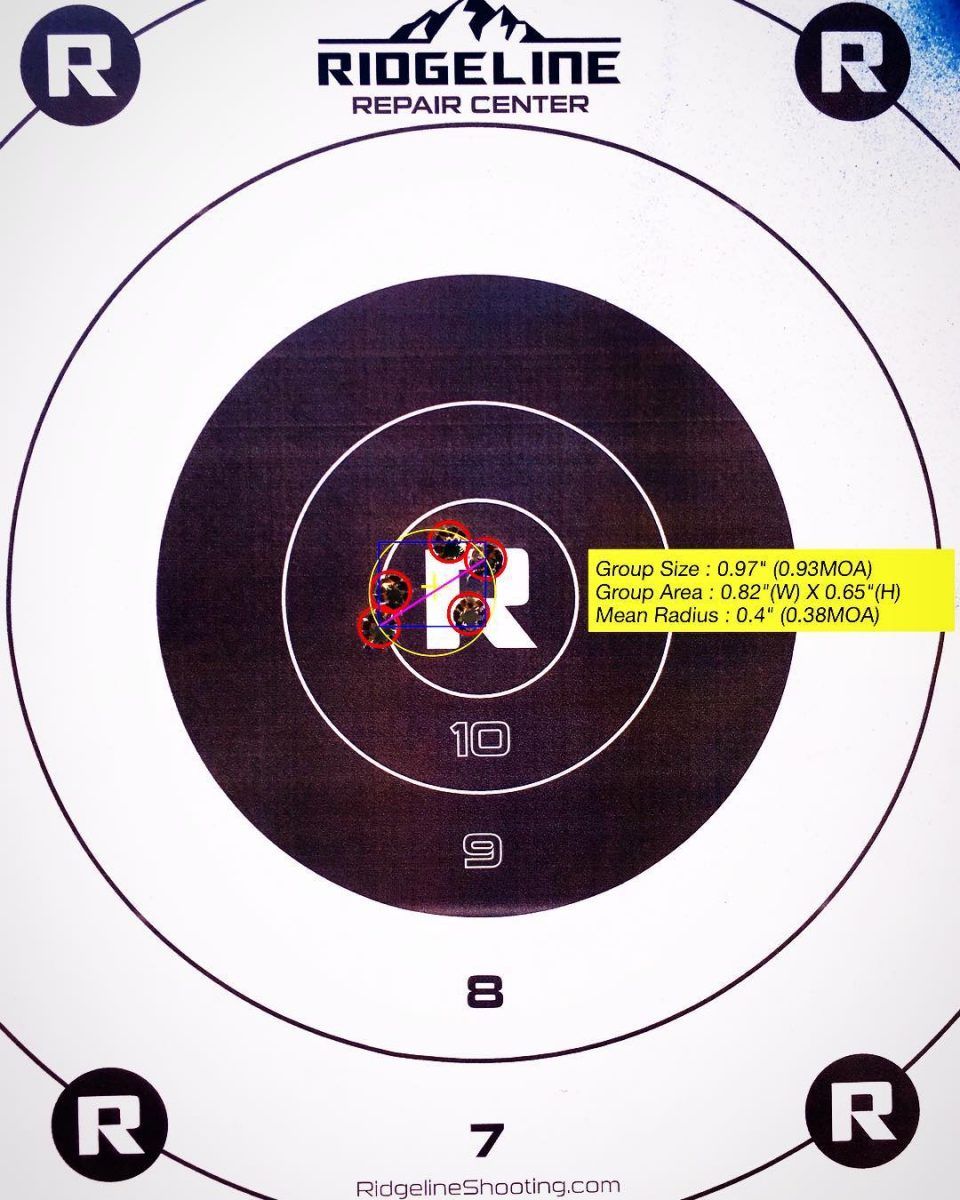
Q: So, can you explain what “doing it wrong” looks like in a rifle build?
Alex Hartmann, Ridgeline: Just the wrong rifle in general. People will show up with completely inadequate equipment. Not so much in our classes any more, but we’ve seen some wild stuff show up on the line. But if you’re looking to get into modern precision rifle shooting and you show up with a scope with a duplex reticle and cap turrets which require a screw to adjust and are not externally adjustable turrets…that’s not good.
Another thing is cheap scope rings that won’t lock down on the scope. So, you’ll see scope movement. Having knock-off bipods…Chinese copies. We’ll see them fail. They’ll shear off, have issues with adjustability.
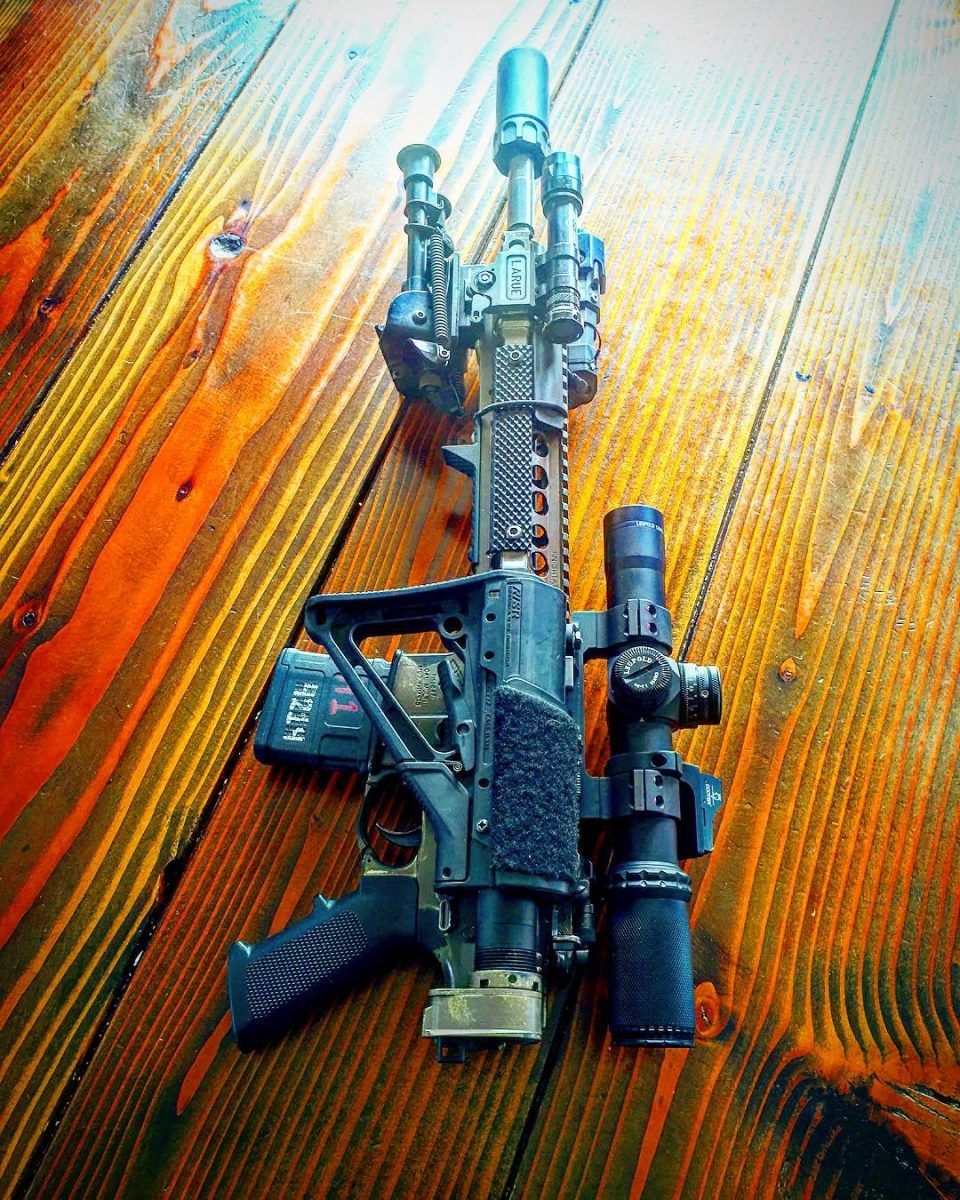
Preparing to Hit the Wall
You just need to have realistic expectations of your equipment. If you show up with a gun that cost you $1,000 with the optic and everything else, you probably shouldn’t expect it to do the same thing that a $6,000 dollar set up is going to do. It’s one of those things where if it’s your first beginner rifle and that’s where you’re starting…that’s fine. You can put a half-decent gun together, but just know that it’s going to hit a wall and you need to be prepared for that. Just have realistic expectations.
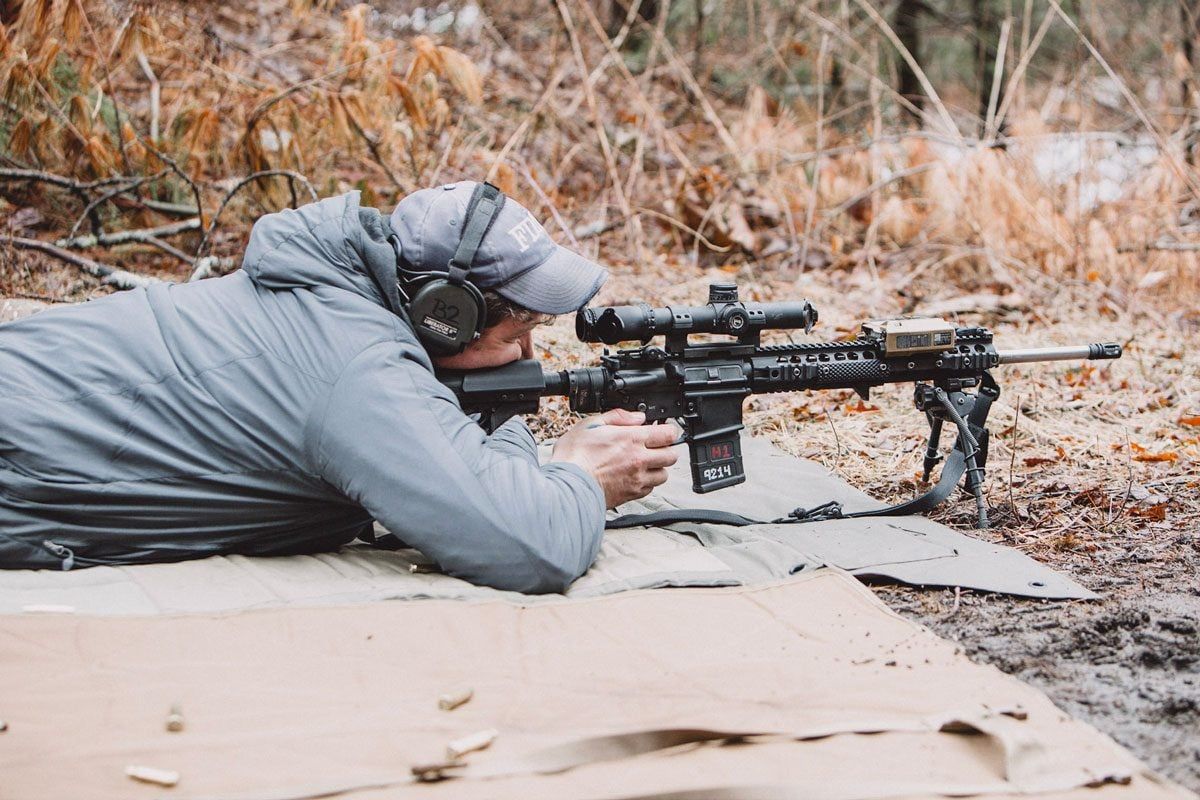
Q: For the beginner, can you explain just what is a “Special Purpose Rifle” SPR?
Alex Hartmann, Ridgeline: As you said, the initials stand for “Special Purpose Rifle.” The idea was to create a match-grade light precision weapons system that could be used by snipers to blend with conventional troops a little bit more so that they don’t stick out while on patrol, and then to offer ammunition compatibility across the squad.
What it means to me now, or how I think it has evolved, I think that instead of looking at something that looks exactly like a Mk12 or a SAM-R or something like that, I look at it as any sort of a match-grade carbine.
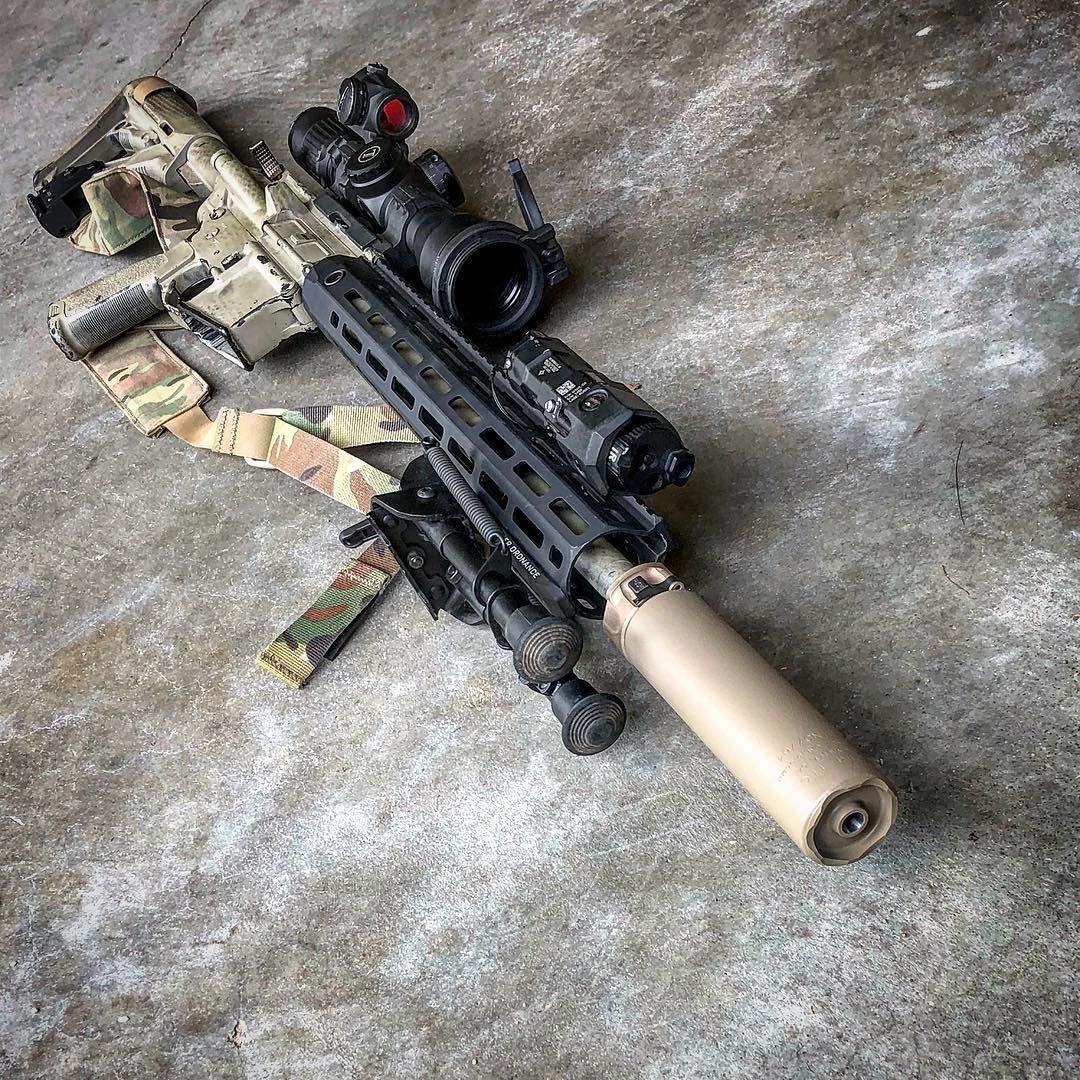
Special Purpose Rifle: A Practical Meaning
A Special Purpose Rifle (SPR) absolutely needs to have a free-floated forend, it absolutely needs to have a good barrel. Not necessarily a match or stainless barrel…but something like a good hammer forged barrel…we’ve seen a lot of good performance out of that.
It should have a good trigger, and it should have a scope with external adjustments. The Army continues to shoot the ACOG as it’s SDM optic, but that’s the wrong answer, in my opinion. Especially now that we’re looking at the general purpose force potentially getting 1-6x optics.
“If I had to have one rifle…”
I really like to see SPRs with a minimum max power of 8x magnification. It really allows for better target discrimination, low contrast target discrimination at distance. It gives them a little bit more than what the rest of the squad has…and that’s their job. It has to be able to see a little bit better.
Then, if the reticle is finer in one of those optics than in something like an ACOG, it allows them to get a more precise shot off. Then the external adjustments allow them to precisely control the elevation, windage to get the hit that they’re looking for and actually add a true capability.
Doctrinally, the designated marksman or the SPR role is 300-600 yards and then the snipers pick up from 600 out. But that’s what it means for me now. I think it’s a perfect “do it all” rifle. If I had to have one rifle, I’d probably choose one.
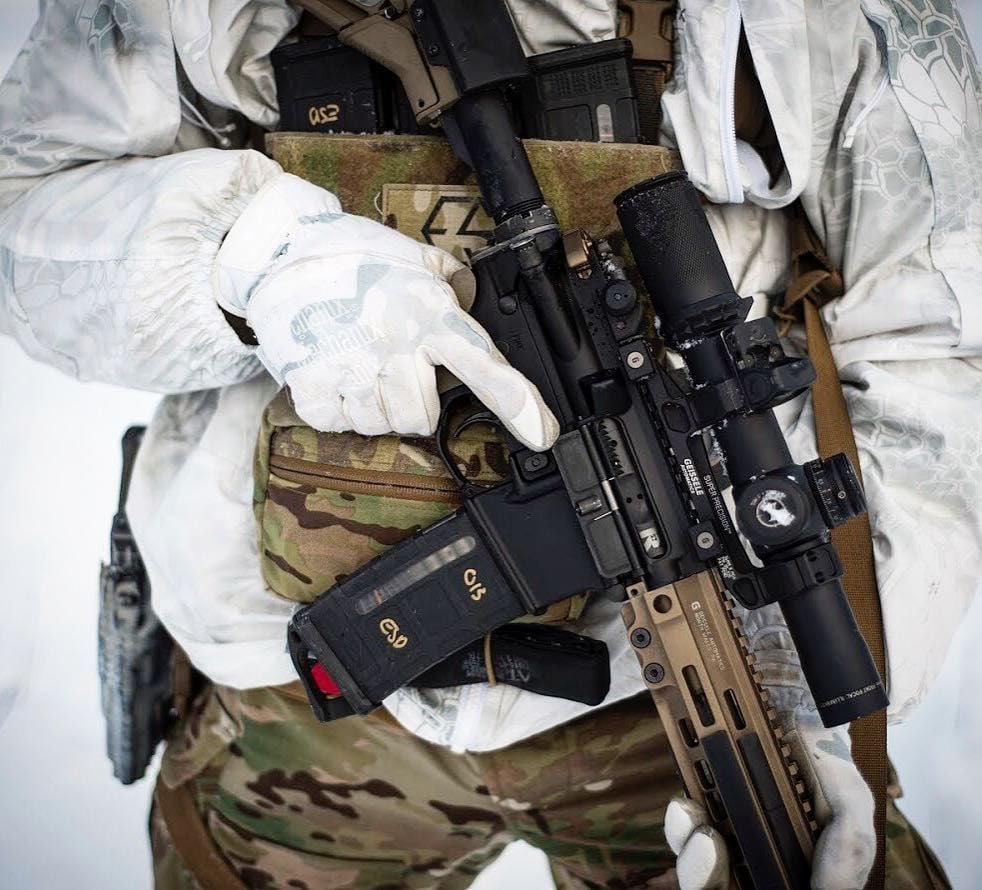
Q: Can you explain just why being able to control distance is so important?
Alex Hartmann, Ridgeline: Well, on the military side of the house, you’re looking at much wider, large open spaces. In Afghanistan, unless you were in direct action and you’re going to knock on their door…you’re going to be engaged with a most likely a medium machine gun as far away as they can get. They understood that their survivability directly increases to how far they can stay from us.
So, if your general-purpose force is only going to be able to engage with any sort of effectiveness from zero to 300 or 500 yards that can be an issue. However, you give a give a guy in the squad with a little bit of training the ability to reach out to 6, 7, 800 yards and get a hit, you’ve just bought back several hundred meters of open danger area. Now his squad doesn’t have to cover to close the distance to get the hit.
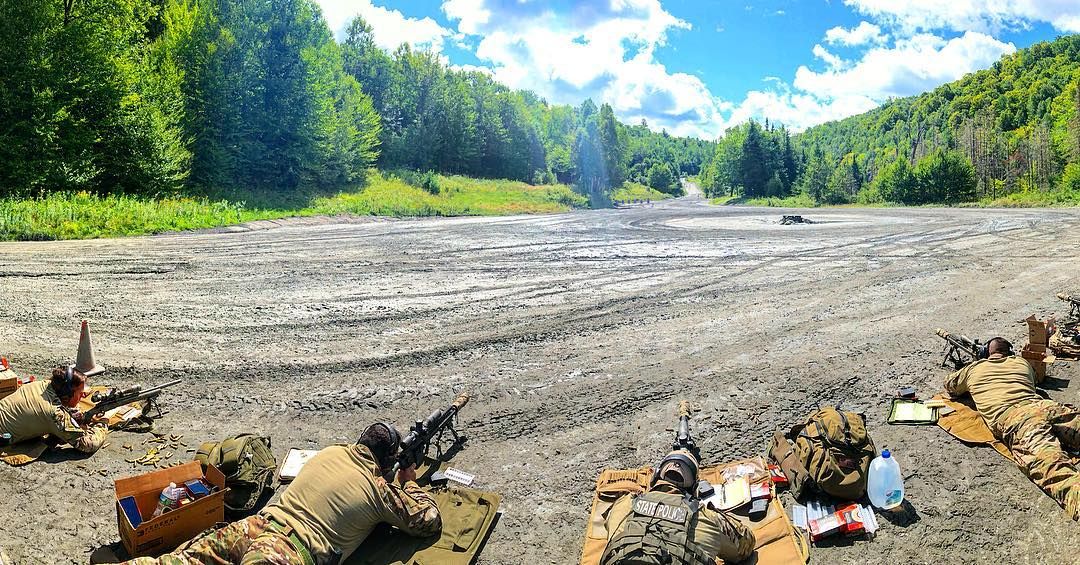
Special Purpose Rifle (SPR) for Law Enforcement
Now, on the law enforcement side where we’re trying to push the application of the Special Purpose Rifle (SPR)…it dovetails with the Iraq mission. You have large area denial. You’re able to sit there, and with one rifle you are able to cover up to 600 meters from your position…And you’ve got a weapon system that allows an individual with a lot less new equipment training to get on it and be super effective. You are not plagued by a lot of the issues with large frame gas guns and the transition that a large frame gas gun has.
Q: So can you walk us through your Special Purpose Rifle (SPR) builds?
Alex Hartmann, Ridgeline: There are a few very good options in this Special Purpose Rifle (SPR) space besides what we are doing. What we did is we looked at what we wanted our rifles to be able to do. We wanted it to be able to hold sub-minute accuracy suppressed, and we wanted it to be able to take heat under longer strings of fire that we often see in our training classes.
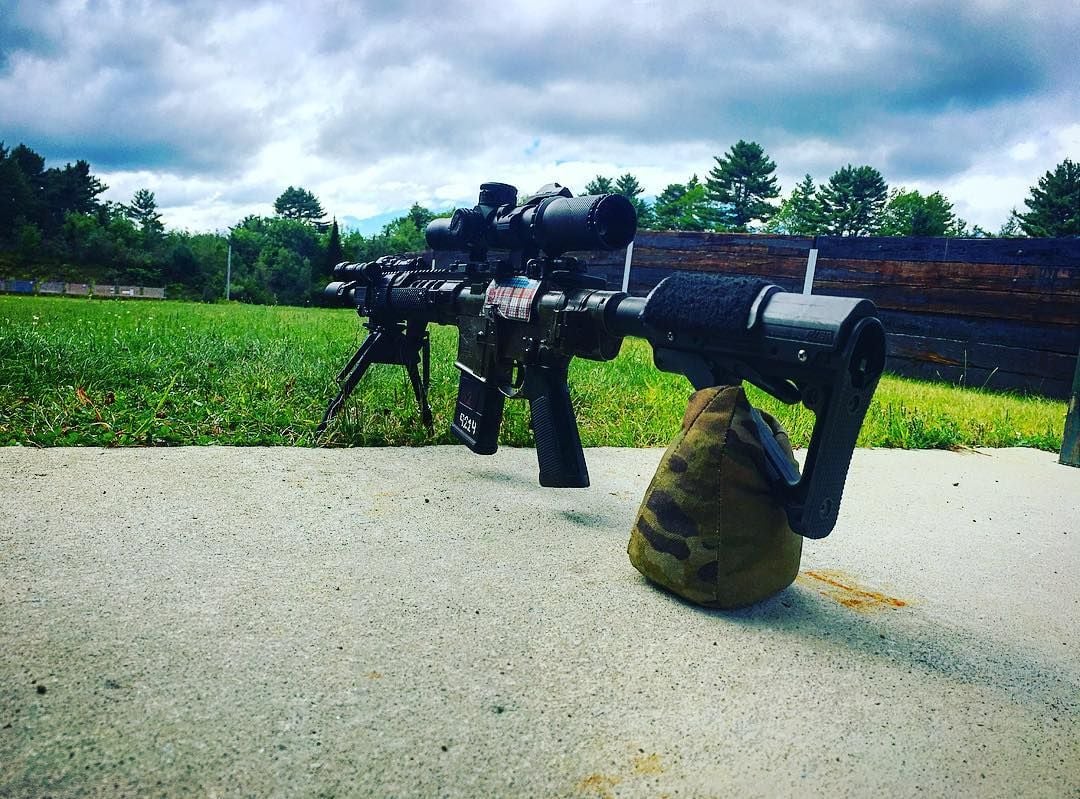
For our Special Purpose Rifles (SPR), What we did is we spent a lot of time and effort developing our barrels. In fact, we had issues at one point and we completely scrapped a run of barrels. We looked at them and saw they were not going to work, so we destroyed the blanks and moved on. We had very, very stringent testing procedures and very stringent accuracy requirements that we needed these to meet.
“We’re end-users first”
To put it in perspective, we’re not really business guys. We’re end-users first. What we were trying to do was put a solution into people’s hands. We work with a lot of SWAT teams and we see the Special Purpose Rifle (SPR) as a really good solution for a lot of the stuff that they do. Being able to give them something that we felt was right, had the utmost confidence in and that we would take to war…that’s really what started us down this path.
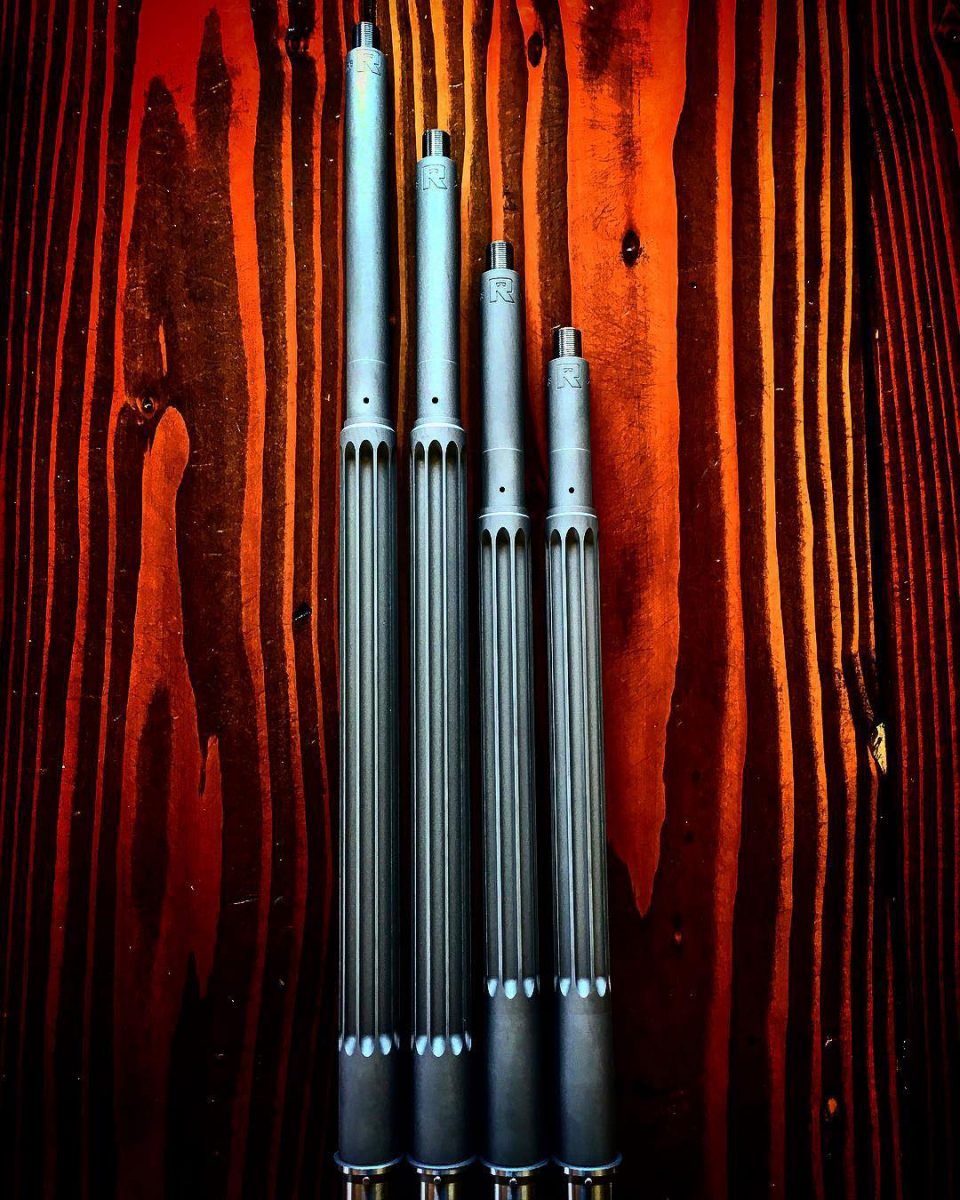
To us the barrels, bolt carriers and the trigger are the heart of system and that’s where we spent most of our development, was figuring out what profile we were going to use. We developed a custom profile working with engineers to get that performance out of the barrel that we were looking for.
Q: Any there anything else you feel is important when building a Special Purpose Rifle (SPR)?
Alex Hartmann, Ridgeline: Our barrels are the heart of the Special Purpose Rifle (SPR), but beyond that…you really need to be looking at mil-spec or better for the bolt carrier groups. Definitely Carpenter 158 steel. Everything should be MPI particle tested. You’re looking to build something that is super reliable. It’s great if it is super accurate but it’s not great if it goes down after ten rounds. For a Special Purpose Rifle (SPR) need something that is going to go the distance.
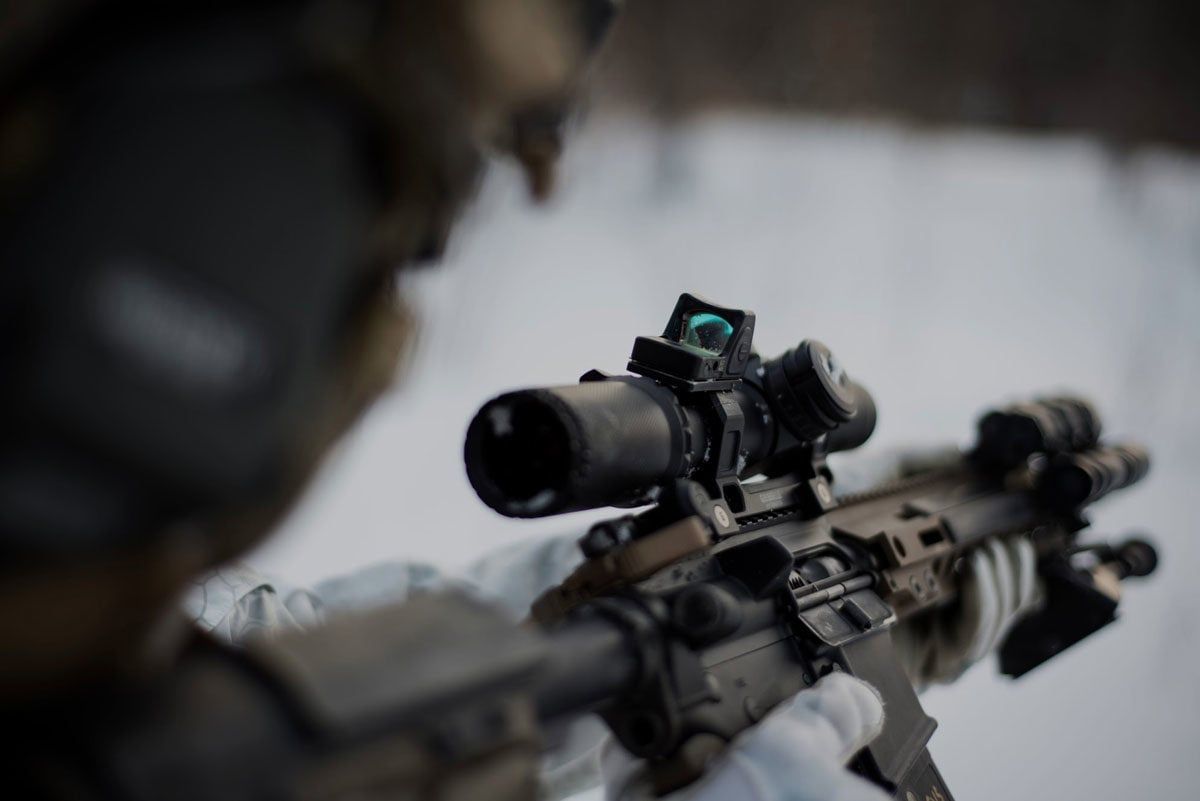
Then as far as handguards, we’ve been using the Geissele MK4s. We’ve found in our testing that handguard flex can have a direct relation to accuracy, depending on what’s pushing down on the barrel nut. That’s just what we’ve seen. We’re not engineers but just trying out different handguards to see what worked and what didn’t. We started to see different group sizes and we were able to shift the group by pressing into the handguard, even if it was free-floated.
As far as triggers for a Special Purpose Rifle (SPR), we like to use a lot of the Geissele stuff in our builds…SSAs, SSA-E, depending on the customer’s desired trigger weight. What we’re looking for is something that’s been combat tested. We’ve taken SSFs into battle for quite some time with the SOPMOD Block IIs and whatnot, so for us, we want something that we know is a known performer.
Again, this isn’t rocket science, man. We’re not breeding pandas. We’re just trying to build good guns for gunfighters.
###
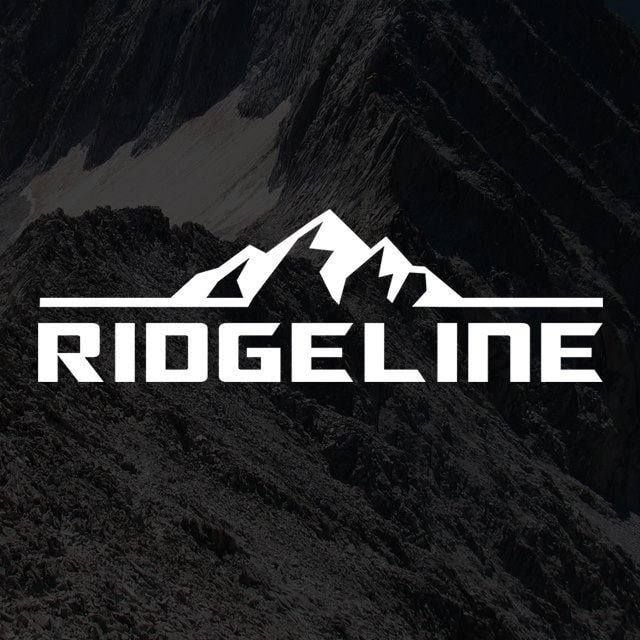
348 - 348Shares




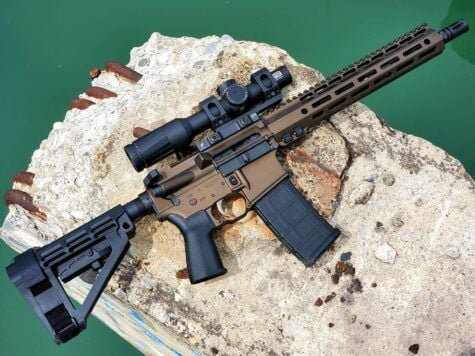

J B Rodriguez’s SPR video is a magnificent cliff notes edition. Thank you!!
AKA Alex Hartman